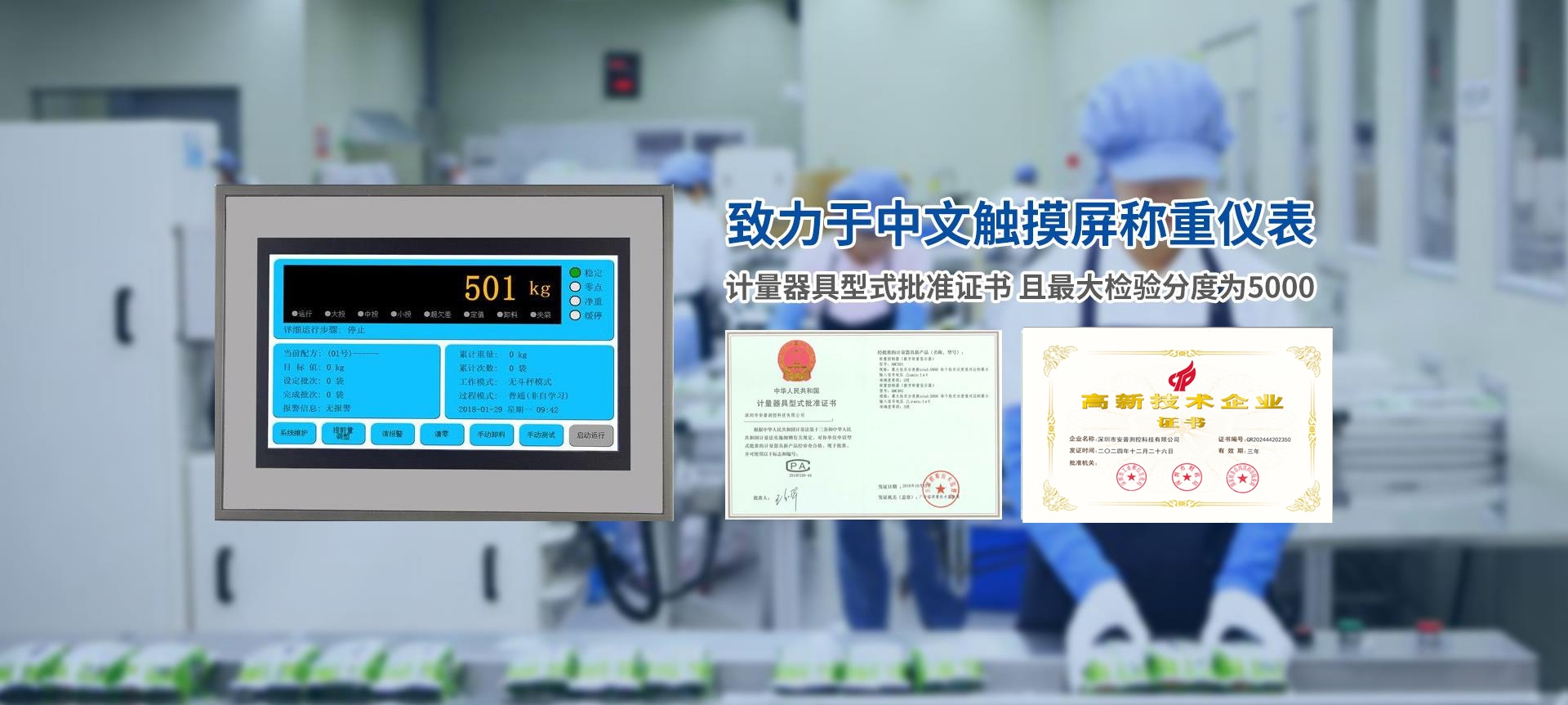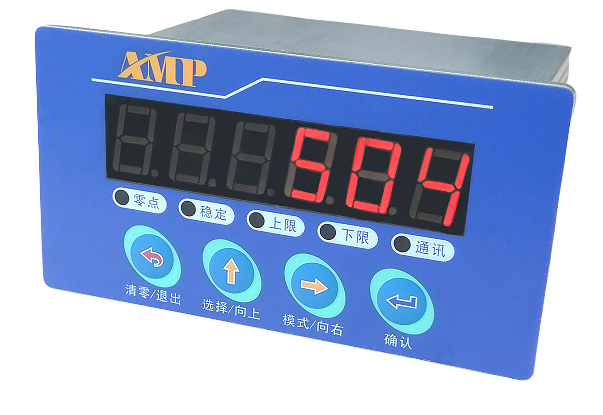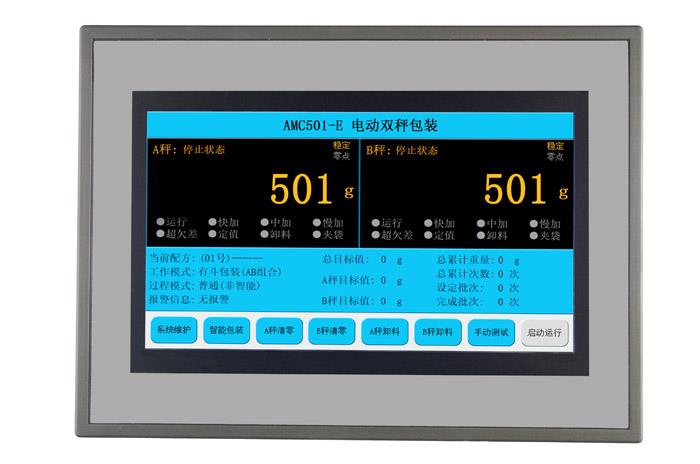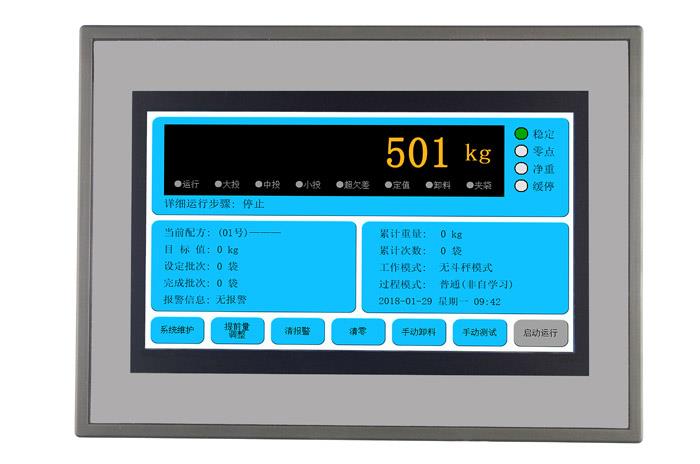
2019-09-08
The force measuring instrument is mainly composed of a sensitive grid, a substrate, a coating and a lead wire, etc. It changes the strain of the elastomer into a change in the resistance value through the resistance strain effect of the sensitive gate. If the material itself has a hysteresis phenomenon, the strain gauge also has a hysteresis phenomenon At present, world-renowned strain gauge manufacturers are making strain gauges that fully consider hysteresis, and take self-compensating measures to reduce hysteresis to a lower level. This is also a factor that must be considered when choosing a dynamometer,The following areDynamometerCommonly used calibration methods:

1. Weight calibration
Calibration with weights is reliable To facilitate calibration, the container must be equipped with lugs for hanging weights. The calibration procedure is as follows:
First empty the container and adjust the meter reading to zero
Check each module of the dynamometer to make sure it is working properly Hang a weight near each module in turn and take the readings to confirm that each gauge shows the same reading.
Return to the no-load state, gradually increase the weight until half of full scale, take the meter reading, then increase the weight to full scale and take the meter reading.
If material needs to be weighed, reduce the weight at full load and take meter readings at half full scale and no load.
2. Combined calibration
For many large weighing vessels, it is not possible to calibrate completely with weight. In this case, a combined calibration with weight and a substitute (water) can be performed. The calibration procedure is as follows:
After an empty reading, add some weight to the container and read the weight remove the weight and add the replacement until the meter shows the same reading as the weight just added. The replacement remains in the container and the weight is added to read the weight .Repeat the above steps until the weight of the substitute reaches the maximum weight.
3. Alternative calibration
When a weight cannot be used for calibration, a surrogate can be used for calibration. A surrogate (such as water) is weighed on another scale, and the surrogate is placed in the scale container for calibration. This method of calibration depends on the weighing surrogate The accuracy of the scale and the loss of transferring the surrogate to the container can therefore only be used as a rough method.
DynamometerIn fact, it is a device that converts a high-quality signal into a measurable electrical signal output. It must first consider the actual working environment of the sensor, which is very important for the correct selection of the force measuring instrument. It is related to whether the sensor can work normally, its safety performance and service life, and even the reliability and safety of the entire weighing equipment. The basic concepts and evaluation methods of the main technical indicators of force measuring instruments, and there are qualitative differences between the old and new national standards

1 10, 2025

1 10, 2025